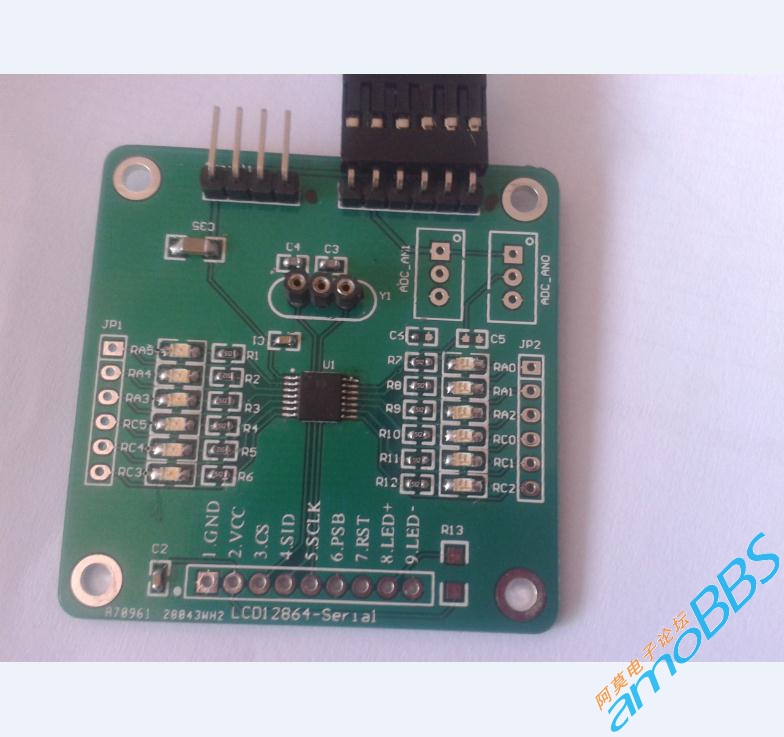本帖最后由 1125526801 于 2013-6-15 09:24 编辑
PIC16F1824有什么C编译器能用?之前学习板上的单片机不一样是18F4520,用的MCC18。PIC16F1824是用PICC吗?
 360截图20130615092316974.jpg (177.04 KB, 下载次数: 0)
下载附件
2013-6-15 09:23 上传
360截图20130615092316974.jpg (177.04 KB, 下载次数: 0)
下载附件
2013-6-15 09:23 上传
PIC16F1824有什么C编译器能用?之前学习板上的单片机不一样是18F4520,用的MCC18。PIC16F1824是用PICC吗?
 360截图20130615092316974.jpg (177.04 KB, 下载次数: 0)
下载附件
2013-6-15 09:23 上传
360截图20130615092316974.jpg (177.04 KB, 下载次数: 0)
下载附件
2013-6-15 09:23 上传
友情提示: 此问题已得到解决,问题已经关闭,关闭后问题禁止继续编辑,回答。
Generally speaking, mcus have alternate uses for any pin. Sometimes, the power-on state / mode is not (digital) GPIO - PICs as you have found out power up in the analog mode. Other PICs may also default some of their pins for comparators.
Many PICs provide a gpio initialization sequence in the GPIO section of the datasheet, or to identify all relevant registers / bits, etc.
I always execute a routine, called mcu_init(), as the first user-space routine to reset the pins to digital IO. On some mcus, that routine could be an empty routines - AVRs for example. But it is a good idea to always have that.
一周热门 更多>